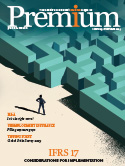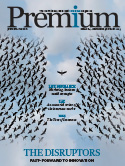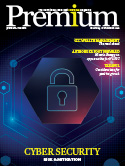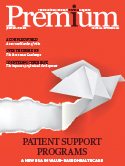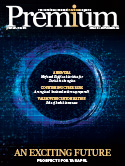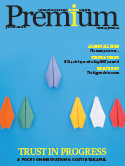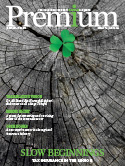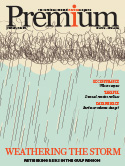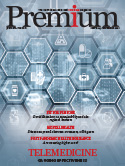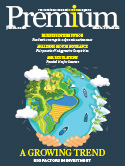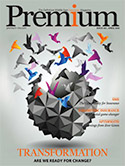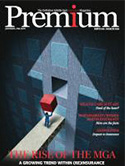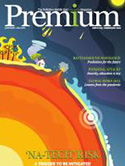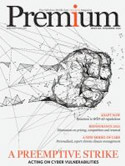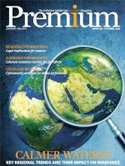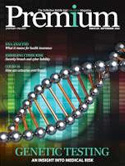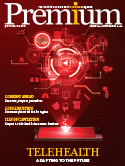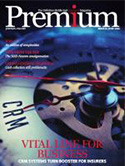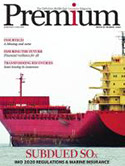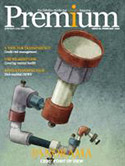CBIRC issues the guidance on digital transformation
The China Insurance Regulatory Commission (CBIRC) recently issued the Guidance on the Digital Transformation of the Banking and Insurance Industry requiring banking and insurance institutions to conscientiously implement these terms.
The guidance emphasises that banking and insurance institutions should strengthen top-level design and overall planning, scientifically formulate digital transformation strategies, and coordinate their progress, according to a CBIRC statement. It is necessary to vigorously promote the digital transformation of business operation and management, actively develop industrial digital finance, promote the digital transformation of personal financial services, strengthen the digital construction of financial market businesses, comprehensively and deeply promote the construction of digital scenario operation systems, and build a safe, efficient, and win-win financial service ecosystem, while strengthening the building of digital risk control capabilities.
It is necessary to improve data governance and application capabilities from four aspects: improving the data governance system, enhancing data management capabilities, strengthening data quality control, and improving data application capabilities. It is necessary to strengthen the construction of its own scientific and technological capabilities, increase the flexible supply of data center infrastructure, improve the support capacity of scientific and technological architecture, promote the agile transformation of scientific and technological management, and improve the application of new technologies and the ability to be autonomous and controllable.
The guidance clarifies that banking and insurance institutions should strengthen the management of strategic risks, compliance of innovative businesses, liquidity risks, operational risks and outsourcing risks, while guarding against model and algorithm risks, strengthening network security protection, and strengthening data security and privacy.








